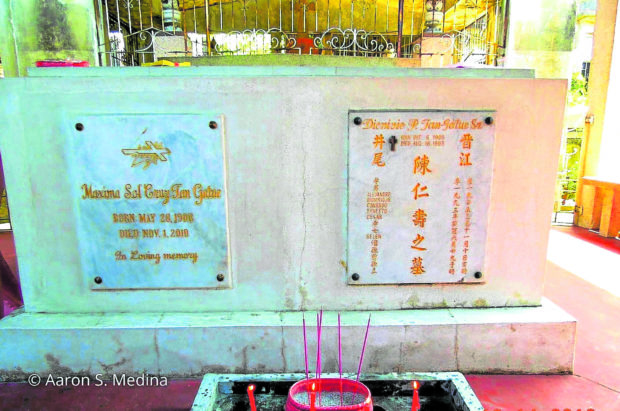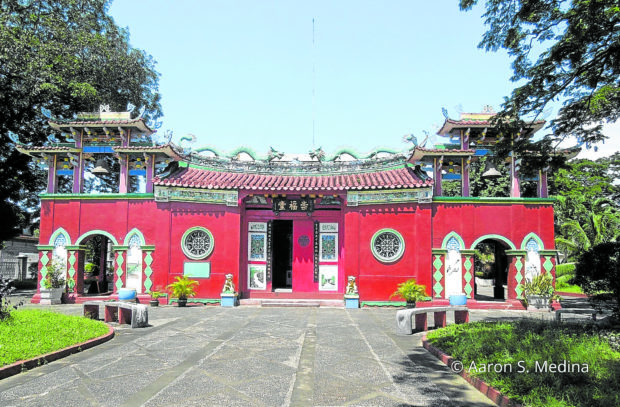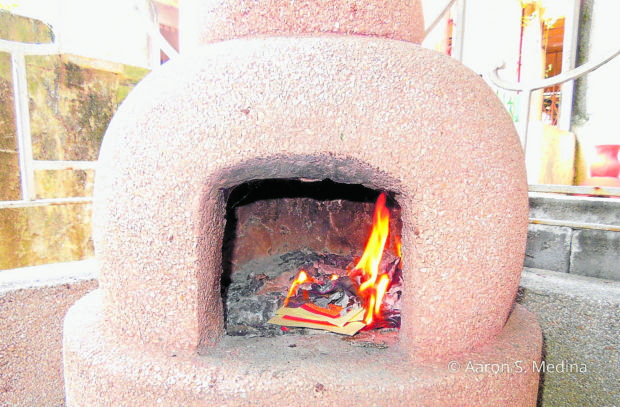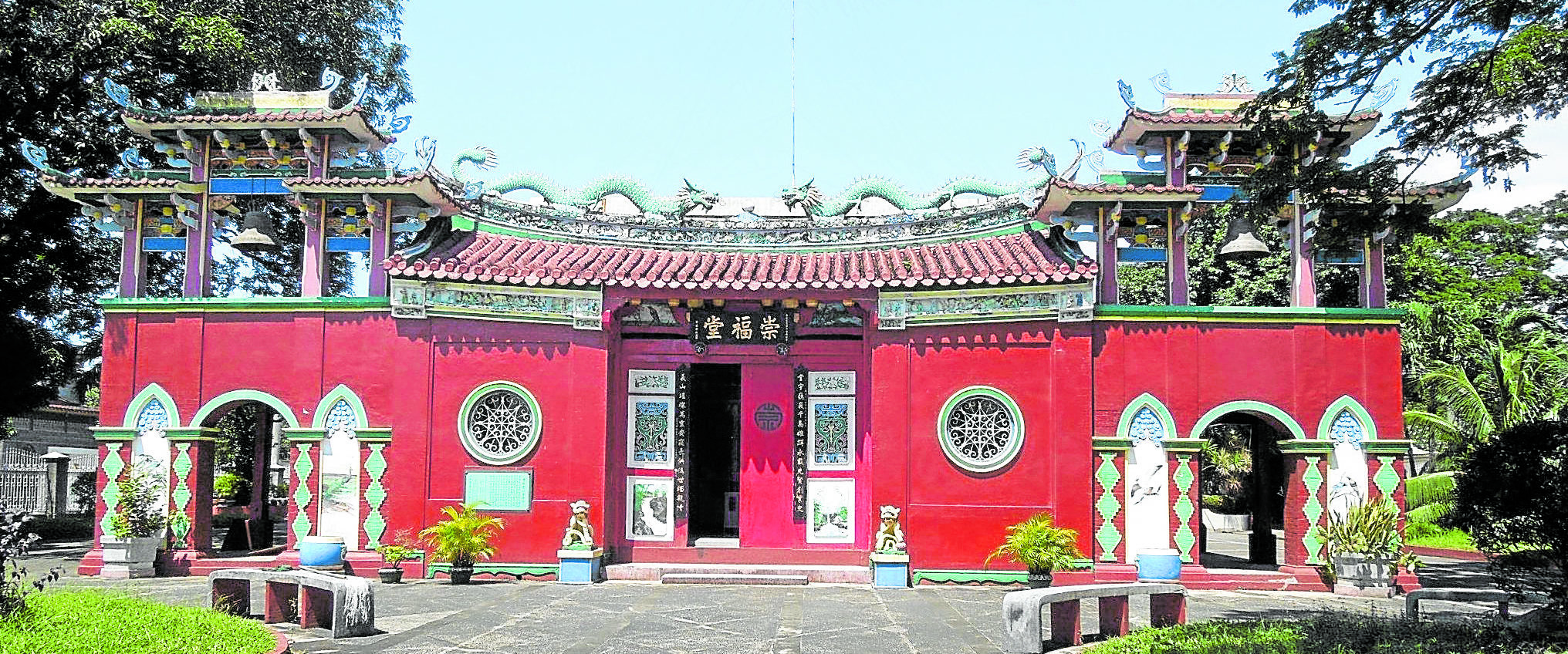“Mom, what’s that small red chimney thing over there?”
“That is where you burn the yellow paper money.”
“Oh, wow, paper money! Can we burn some then?”
Heritage. It’s something we all have. No matter who you are, no matter what one’s educational background has been, from the richest of businessmen in air-conditioned offices to the resilient and hardworking laborers in factories, one must have come from somewhere, and one must have an ancestry with the most unique of histories.
For us in the Chinese Filipino community, our identity is found in both the country we grew up in and pledge our allegiance to—the Philippines—and the place where our ancestors are from, China.
And now, as it is once again the season of undas, this unique identity of Chinese Filipinos can be so clearly seen. Undas is a Catholic tradition. It draws its spirit from the Feast of All Saints (All Saints’ Day) and the commemoration of the faithful departed (All Souls’ Day). And yet, for many Chinese Filipinos like me, we have wholeheartedly come to celebrate undas just like every other Filipino family. We are, in fact, Filipinos, just like everyone else is.
I was in Grade 6 when I first visited the historical Manila Chinese Cemetery in Manila. It was around October of 2011. Visiting the cemetery really opened my world. Since I was young, I always considered myself a Filipino, and don’t get me wrong, I still do. I spoke Tagalog and English at home, we ate Filipino food, and we went to our local Catholic parish.

And yet, who knew that when I’d visit the cemetery, I’d find that my ancestors had Chinese characters on their tombs? I was amazed!
My ancestors’ tombs all had the Chinese character for the surname Tan in them. My great-great-grandmother also had the Chinese character of the surname Sy.
Not only that, my great-grandfather’s lapida had the place of origin of our family: Jinjiang, in the Fujian province of China. It even had the names of his children, one of whom is my amma, my paternal grandmother.
Seeing both my worlds
There was this little chimney-like structure. I didn’t know what it was, so I asked my parents about it. I learned it was used for burning paper money, which, according to belief at least, will become real money for the ancestors’ in the next life.
As a practicing Catholic, I don’t believe in that now, but it was all so fascinating and mythological.
Our identity as Chinese Filipinos lies in our unique combination of being both Chinese and Filipino, not just one or the other.

In the Manila Chinese Cemetery, I saw both my worlds. I marveled at the Chinese characters in my ancestors’ tombs, but I also was intrigued by how their English names were inscribed next to them.
All of us who visited speak mostly in English and Filipino, and yet right before us were those who had gone before, who spoke Chinese. The Chinese ancestors must have traveled a long way, braving numerous challenges, to get to the Philippines. These are now but stories—a history—I wish I had the chance of hearing.
The remains of my Chinese ancestors are now in a church columbary. My visits to the Manila Chinese Cemetery are now history. So, I will treasure the family stories that I remember today. With the aid of modern technology, I can capture those stories. I can listen to them again and again and see them in pictures. The stories I tell now will hopefully be priceless pieces of heritage for my children and my children’s children.
The author is pursuing his master’s degree in Catholic Studies at Franciscan University of Steubenville in Ohio.










































